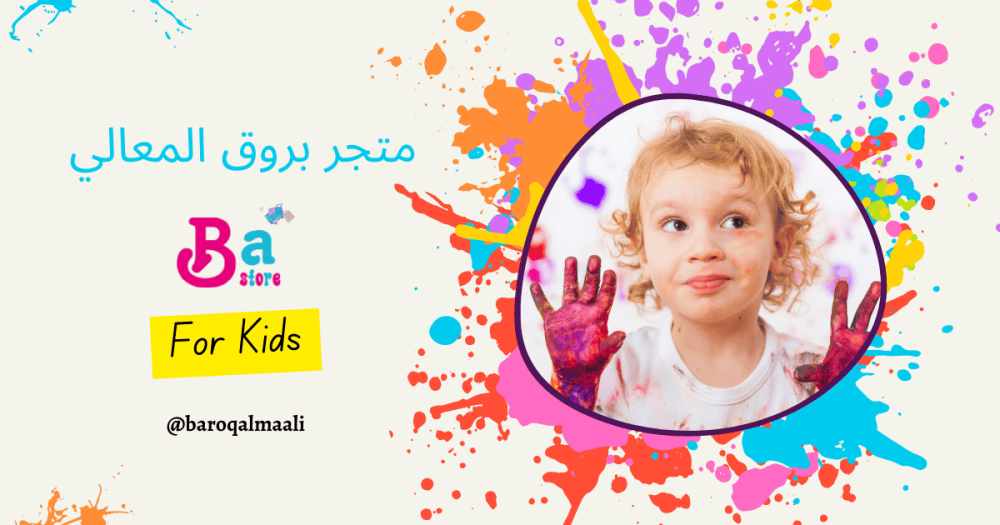The Impact of Colors on Children's Mood: How Clothing Colors Can Affect Children's Behavior and Mood
Introduction
Colors have a significant impact on children's mood and behavior, and they are an essential part of their daily lives. Through colors, children can express their emotions and explore the world around them. In this article, we will discuss how clothing colors can affect children's behavior and mood, and how parents can use colors effectively to improve their children's well-being.
The Impact of Colors on Mood and Behavior
Colors play an important role in influencing mood and behavior. Colors can be calming or stimulating and can affect the level of focus and attention. Here are some common colors and their effects:
1. Red Red can be stimulating and increase energy levels. However, it can be overly stimulating for some children, leading to increased activity and excitability.
2. Blue Blue is considered a calming color and can help reduce anxiety and stress. It can be particularly beneficial in sleepwear or learning environments as it helps improve focus.
3. Green Green is associated with nature and calmness. It can help enhance feelings of comfort and relaxation, making it suitable for everyday clothing or areas requiring concentration.
4. Yellow Yellow is the color of joy and optimism. It can increase feelings of happiness and activity but can be overwhelming for some if overused.
5. Pink Pink is considered calming and can enhance feelings of safety and comfort. It is often used in children's clothing, especially for girls, as it reflects warmth and gentleness.
Practical Applications of Colors in Children's Clothing
Based on the understanding of color effects, parents can choose children's clothing in colors that help improve their mood and behavior. Here are some practical tips:
1. Choosing Clothes According to Activity If the child needs to focus during study time, calming colors like blue and green can be used. For activities that require energy and activity, bright colors like red and yellow can be used.
2. Using Colors to Reduce Anxiety If the child suffers from anxiety or stress, clothing in calming colors like blue and pink can be chosen. These colors can help create a calm and comfortable environment.
3. Mixing Colors Colors can be mixed to achieve the desired balance. For example, a piece of clothing in red can be paired with calming colors to balance stimulation and calmness.
The Impact of Colors in Different Seasons
Colors can affect children's mood in different ways depending on the season. Here are some ideas for choosing colors in different seasons:
1. Spring Spring is a season of renewal and activity. Bright colors like yellow and green reflect the beauty of nature in this season and can enhance the child's feeling of happiness and activity.
2. Summer Summer is a season of energy and fun. Bright colors like sky blue and white reflect a sense of refreshment and comfort and help reduce the feeling of heat.
3. Autumn Autumn is a season of calm and contemplation. Warm colors like orange and brown reflect the beauty of nature in this season and help create a sense of comfort and calmness.
4. Winter Winter is a season of cold and contraction. Dark colors like navy blue and gray reflect the mood of this season, but some bright colors can be added to create a sense of joy and optimism.
Colors in Special Occasion Clothing
Colors can have a strong impact on special occasions. Here are some tips for choosing children's clothing colors for special occasions:
1. Holidays During holidays, bright and cheerful colors like red and green for Christmas, or pastel colors like pink and light blue for other holidays can be used. These colors reflect the joy and celebration spirit.
2. Religious Events In religious events, colors that reflect the values and needs of the occasion can be chosen. For example, white and pure colors in religious celebrations reflect purity.
3. Weddings and Formal Events In weddings and formal events, elegant colors like white and silver can be used for formal clothing. These colors reflect elegance and luxury.
The Impact of Colors on Personality Development
Colors can have a significant impact on the development of a child's personality. Here are some ideas on how to use colors to enhance a child's personality development:
1. Boosting Self-Confidence Choosing colors that the child likes can boost their self-confidence. Colors that reflect their personality and taste can make them feel comfortable and happy.
2. Promoting Independence Allowing the child to choose their clothing colors can enhance their sense of independence and decision-making ability. This can contribute to developing their personality and self-confidence.
3. Encouraging Creativity Using different colors in a child's clothing can enhance their creativity and imaginative thinking. Encourage the child to experiment with different colors and coordinate them in creative ways.
Colors and Cultural Identity
Colors play an important role in expressing cultural identity. Here are some ideas on how to use colors to enhance a child's cultural identity:
1. Traditional Colors Using traditional colors in children's clothing can enhance their sense of belonging and pride in their culture. Colors that reflect heritage and culture can be a means to enhance identity.
2. Colors in Cultural Events and Celebrations In cultural events and celebrations, colors that reflect rituals and traditions can be used. These colors reflect heritage and culture and help children get to know their roots.
Colors and Color Therapy
Colors are also used in psychotherapy and color therapy to improve mental and emotional health. Here are some ideas on how to use color therapy to improve children's moods:
1. Calming Colors Using calming colors like blue and pink in children's rooms can help improve sleep and reduce anxiety and stress. These colors create a comfortable and soothing environment.
2. Stimulating Colors Stimulating colors like red and yellow can be used in areas where the child needs activity and concentration. These colors help increase energy and activity levels.
3. Neutral Colors Neutral colors like white and gray can be used as backgrounds for other colors to achieve balance. These colors help create a balanced and non-stressful environment.
Conclusion
The impact of colors on children's moods and behaviors is an interesting and important area for every parent. By understanding how colors affect children's moods and behaviors, parents can make informed decisions about their children's clothing to achieve the best results. Colors are not just decorations; they are powerful tools that can be used to improve children's well-being and enhance their personality development.
Follow us on the Baroq Al Maali Store blog for more useful articles and exclusive offers. We are always happy to serve you and wish you and your children days filled with colors and happiness.

